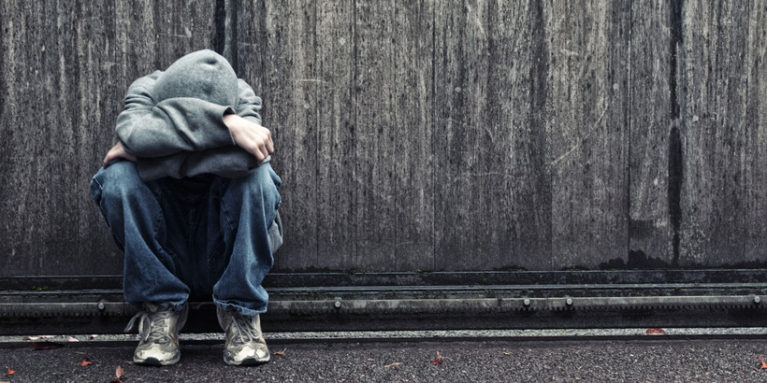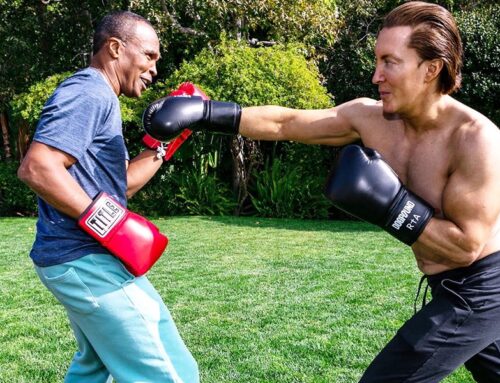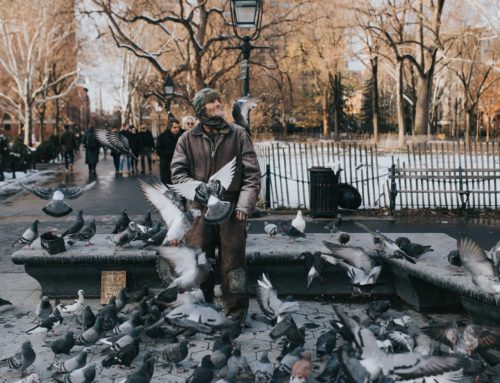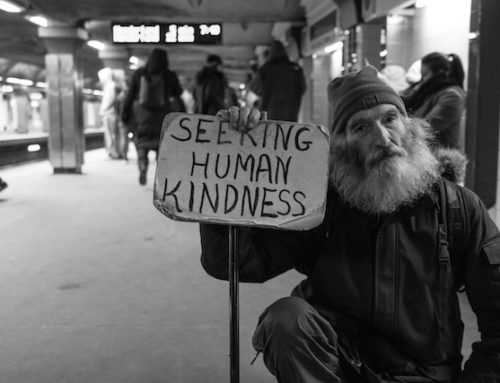This post was originally featured on HuffingtonPost.com
Paramedics and EMTs have a lot of exposure to people living on the streets. Some are hardened by these experiences, but I don’t know a single EMT who hasn’t been forever changed. As a volunteer EMT myself, I have seen far too many homeless people die from the elements. It’s one of the reasons I slept on the streets of NYC for three nights in winter. I wanted to talk to the people living in these conditions, put myself in their shoes, and see if I could do any good.
When I was a child, there was a homeless man who lived in my neighborhood. He was a nice guy, and had become a regular part of our neighborhood as I was growing up, much like a house or a tree. Then, I stopped seeing him around. I was later told that he froze to death one night while sleeping in the cold. It was the first time I had any exposure to the reality that homeless people were (and are) dying on the streets, but it wouldn’t be my last. While working as a volunteer responder, I have seen many homeless people die. Someone as recently as a few months ago died while I was on-call — and one almost died during my three nights on the street.
Before I set out to experience the homeless life, I gave myself a couple of weeks to prepare for being incognito. I grew my facial hair out, I ditched the blazer and bought clothes from the thrift store and didn’t practice any creature comfort hygiene regimen for two weeks. I walked and hung out as ‘homeless Daniel’ for three days around the UWS, the Village, and the L.E.S. — all without telling anyone.
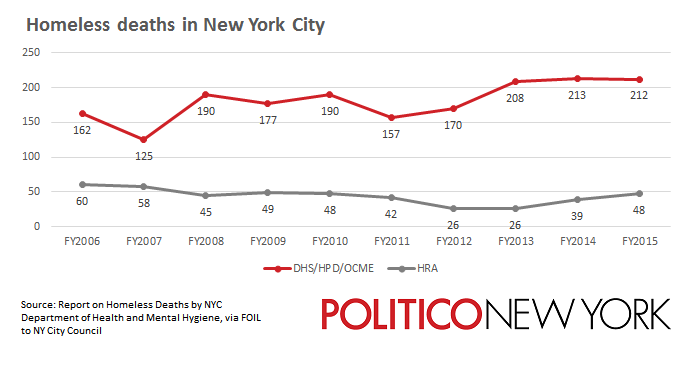
POLITICO
I opted to do this in March when it was still cold, because the majority of the 212 homeless deaths (including infant deaths) of 2015 were in the coldest months from January to late March, and that’s just in New York — and only a 2-month snapshot at that. The rest of the country is not immune either.
According to the State of Homelessness In America Report:
“On a single night in January 2015, 564,708 people were experiencing homelessness — meaning they were sleeping outside or in an emergency shelter or transitional housing program.”
The plight of the homeless is that society dehumanizes them. Case in point: In a neighborhood in Queens, neighbors bullied and threatened to sue if politicians didn’t vote down the project to convert a Holiday Inn into a homeless shelter, and the government officials buckled. People assume that the homeless are made up of criminals, drug addicts, or the mentally unstable, but they’re wrong. In fact, statistics in Texas reported that thirty-five percent of people are on the streets due to losing their jobs, or unemployment in general. And from the stories I heard from the people I spoke to during the three nights I slept on the street, that was true in NYC too.
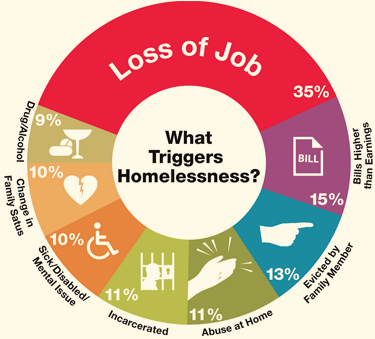
HOMELESSHOUSTON.ORG
Those same people, who often blame the homeless person for being homeless in the first place, may ask “why don’t homeless people just stay in shelters?” What they may not realize is that even if they wanted to, it’s hard to find shelters that have vacancies, especially when winter shelters across the U.S. don’t open until the temps hit freezing or below.
Those same people, who often blame the homeless person for being homeless in the first place, may ask “why don’t homeless people just stay in shelters?” What they may not realize is that even if they wanted to, it’s hard to find shelters that have vacancies, especially when winter shelters across the U.S. don’t open until the temps hit freezing or below.
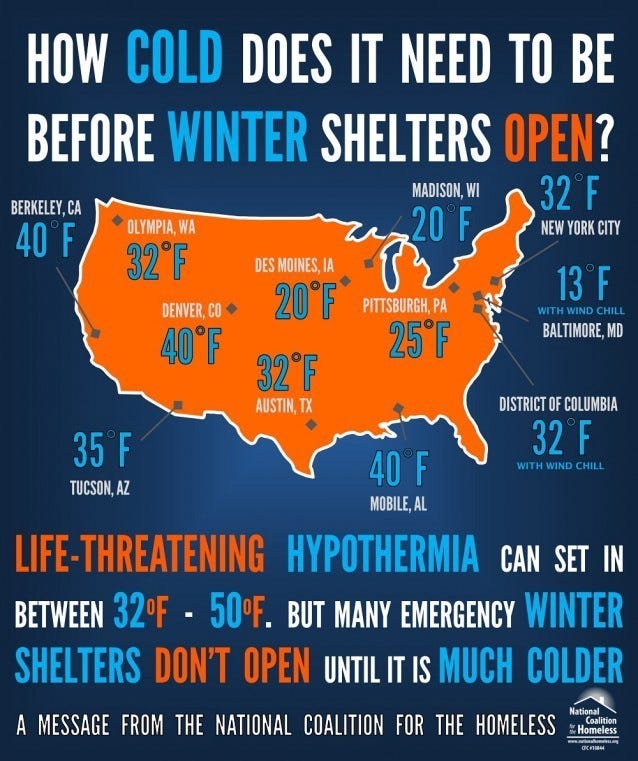
THINKPROGRESS.ORG
Even in a summer August night in NYC in 2016, over 61,000 people (including families) fill up shelters in our city.
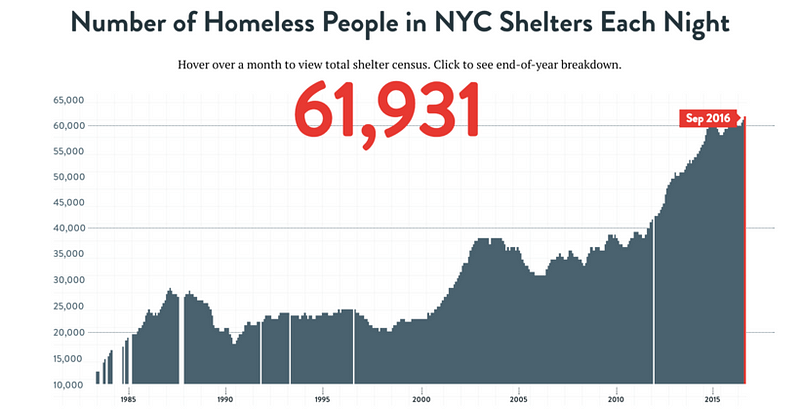
COALITIONFORTHEHOMELESS.ORG
I could share anecdotes about my three nights on the streets, but you can’t experience anything through words — not really. Frankly, it boils down to five words: you had to be there. And I still have a visceral experience when I think back to it.
To be clear, I do not expect anyone to sleep on the street in NYC like I did, but I am glad I did it because it reinforced for me how similar we all are regardless of where we sleep at night. Ultimately, the face of the homeless person may be many things to many people but the bottom line is that any face, any person, at any time could be homeless. Any of the current 564,708 homeless population in the United States could be someone you know — or will eventually know.
I continue to be an EMT on-call responder and raise awareness for homelessness initiatives. I regularly sponsor drives and events to provide shelter, clothes, and food to those who need it. I try my best to do my part but my efforts alone aren’t enough. I believe that some responsibility falls on developers, donors, and neighborhoods.
And to be fair, in many ways NYC is indeed making strides. For instance, through the Inclusionary Housing Program, a “semiperm” housing program gives homeless families housing while teaching them skills that will advance the family’s educational and employment skills. A similar initiative, spearheaded by Housing & Economic Development and the De Blasio administration, seeks to refine the 80/20 subsidized rent program to set aside units to homeless and disabled people. Through funds from developers, community leaders, and financial institutions like Wells Fargo and Goldman Sachs, it’s a start, but we all need to do much more: developers, government officials, and the everyday person.
The most impactful way for you to help is to get involved, whether that means donating food, working at soup kitchens, spread awareness, or just meeting the people who are being misunderstood every day. JustGiving.org even offers you 35 ways to help; I urge you to pick one (or more). Getting involved can be incredibly impactful and may help you really see and understand the real faces of the homeless.



